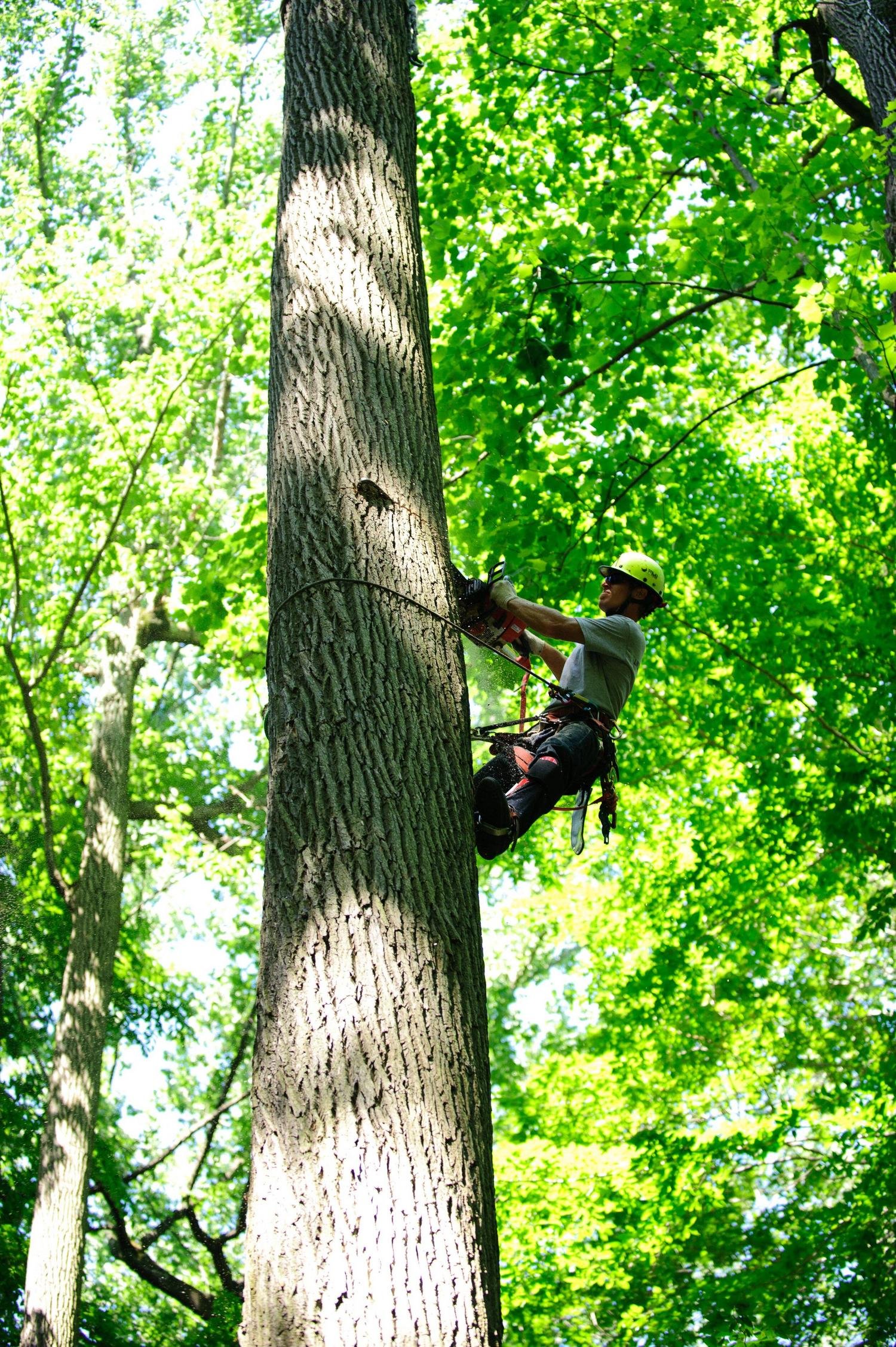Tree lopping, an essential facet of arboriculture commonly referred to as pruning or trimming, plays a pivotal role in the comprehensive care and maintenance of trees. While a significant number of homeowners choose the expertise of professional tree lopping services, a subset may contemplate undertaking the do-it-yourself (DIY) approach. Before picking up your tools, it’s essential to weigh the pros and cons associated with DIY tree lopping.

Pros
Cost Savings
One of the primary reasons individuals choose DIY tree lopping is cost savings. By handling the task themselves, homeowners can avoid hiring professional services.
Immediate Action
DIY tree lopping allows for immediate action. If a branch poses an immediate risk, homeowners can address the issue promptly without waiting for a scheduled service.
Personal Connection with the Landscape
DIY enthusiasts often appreciate the opportunity to personally care for their landscape. Tree lopping becomes a hands-on, rewarding experience that fosters a deeper connection with the property.
Customization
Homeowners enjoy the autonomy to tailor the tree’s aesthetic to their liking, allowing for personalized customization of its appearance. DIY tree lopping allows for a tailored approach to tree shaping and maintenance.
Learning Experience
Engaging in DIY tree lopping provides a valuable learning experience. Homeowners can gain insights into tree biology, growth patterns, and proper pruning techniques.
Cons
Safety Risks
Tree lopping can be dangerous, especially when dealing with large trees or using power tools. Inexperience or the use of inadequate equipment has the potential to result in accidents, injuries, or damage to property.
Tree Health Risks
Inexperienced individuals may inadvertently harm the tree. Incorrect pruning techniques, excessive pruning, or overlooking essential care practices can lead to enduring damage, jeopardizing the overall health and well-being of the tree.
Incomplete Removal
DIY efforts might not fully address the tree’s needs. Incomplete removal of diseased or damaged branches could leave the tree vulnerable to pests, diseases, or further decay.
Lack of Equipment and Expertise
Professional tree loppers have specialized equipment and expertise to handle various situations. DIY enthusiasts may lack the necessary tools and knowledge to tackle complex tree lopping tasks.
Legal and Environmental Concerns
Some areas have regulations governing tree lopping. DIY efforts that violate local ordinances or harm protected tree species can result in legal consequences. Additionally, improper disposal of tree debris can have environmental implications.
In conclusion, while DIY tree lopping offers cost savings and a sense of accomplishment, it comes with inherent risks. Safety, tree health, and adherence to local regulations should be top priorities. Before embarking on a DIY tree lopping project, homeowners should carefully assess their abilities and consider consulting with professionals for guidance or assistance.









